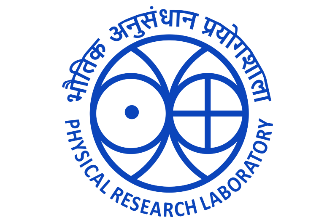How can you achieve unattended monitoring of trace VOCs while simultaneously improving the ability to analyse difficult analytes? We speak with Professor Lokesh Sahu of India’s Physical Research Laboratory to explore this challenge, and why his team switched to Markes International’s UNITY–Air Server-xr for automated, solvent-free and cryogen-free monitoring of VOCs in air.
The challenges of atmospheric research in India
Monitoring volatile organic compounds (VOCs) at trace levels (ppt to ppb) in ambient air is a significant challenge anywhere. But in India, the challenge is compounded by the country’s diverse and complex atmospheric conditions, arising from high emission levels from industry and urban areas, at the same time as significant biogenic sources.
Professor Lokesh Sahu, a leading atmospheric scientist at the Physical Research Laboratory (PRL) in Ahmedabad, India, is very familiar with this complex scenario, having dedicated his career to studying VOCs and their role in atmospheric chemistry. But he says that many analysts in the country, including those in his own team, have for a long time been held back by the methodology used to monitor airborne volatiles. This is because of a reliance upon traditional solvent extraction methods for VOC analysis – approaches that are time-consuming and labour-intensive, as well as risking sample contamination and loss of volatile compounds.
To overcome such problems, the team had already investigated thermal desorption, but the system they were using required liquid nitrogen for sample preconcentration. Professor Sahu says that this further complicated workflows, limited efficiency, and posed logistical challenges, particularly in remote field locations.
Download the case study

